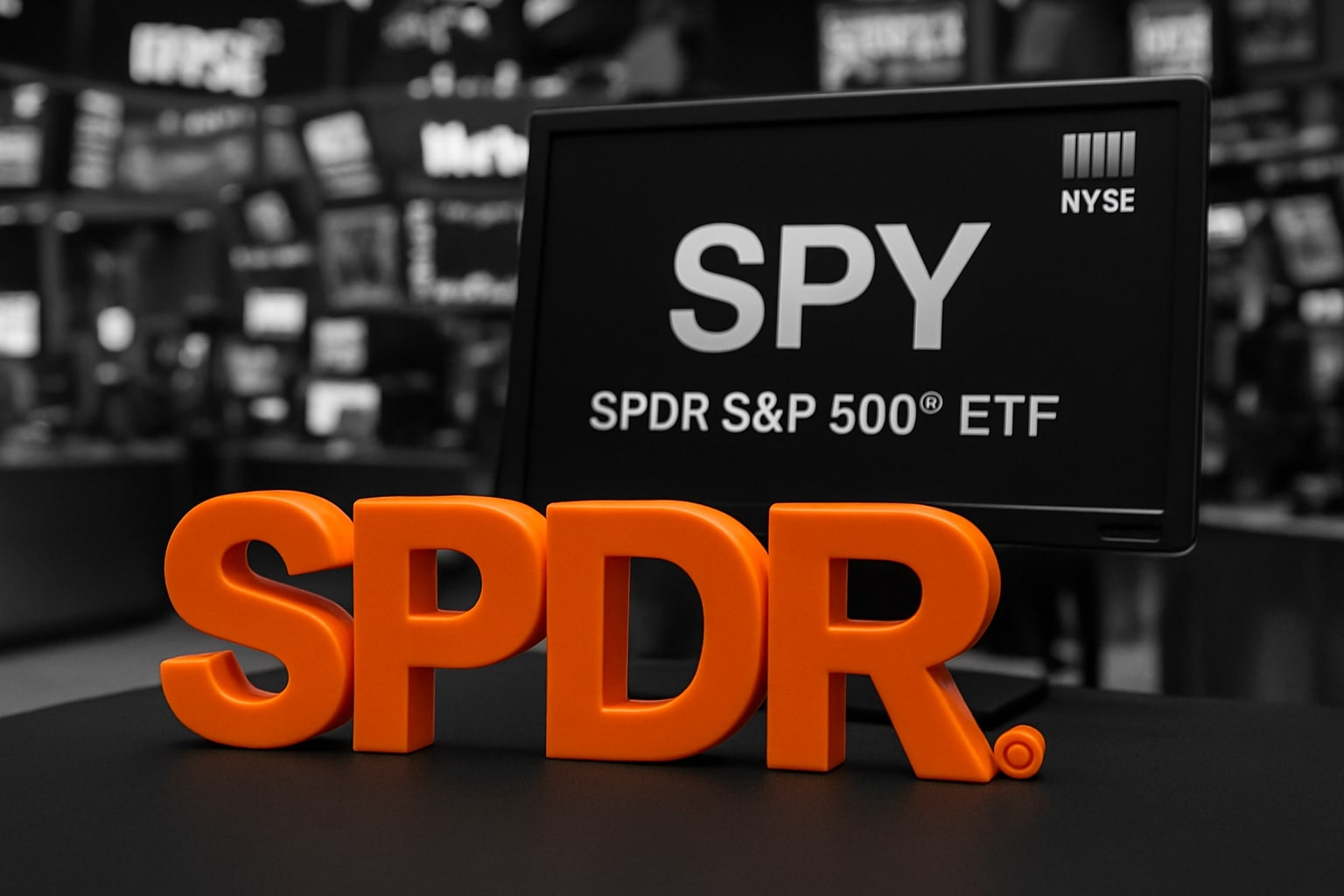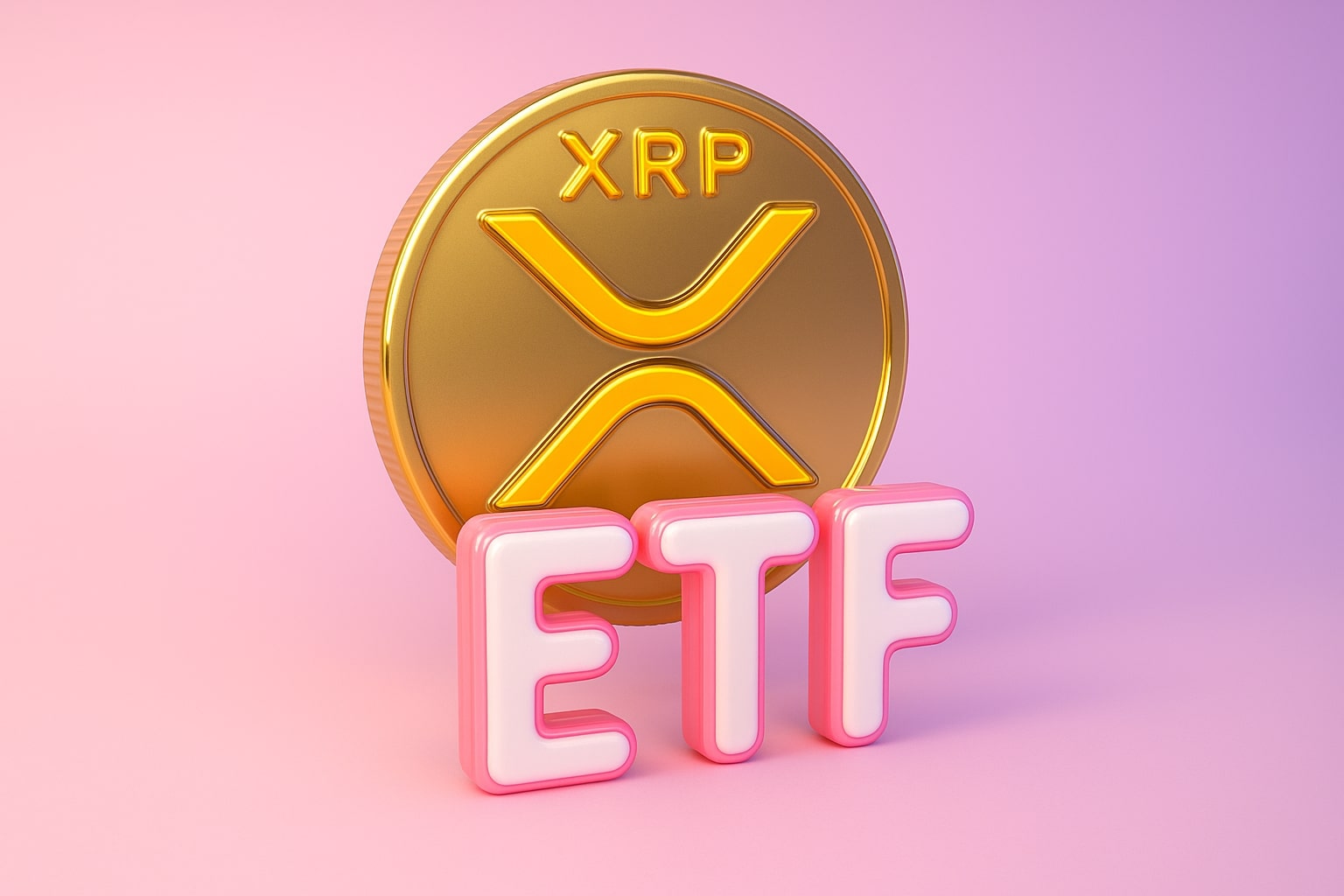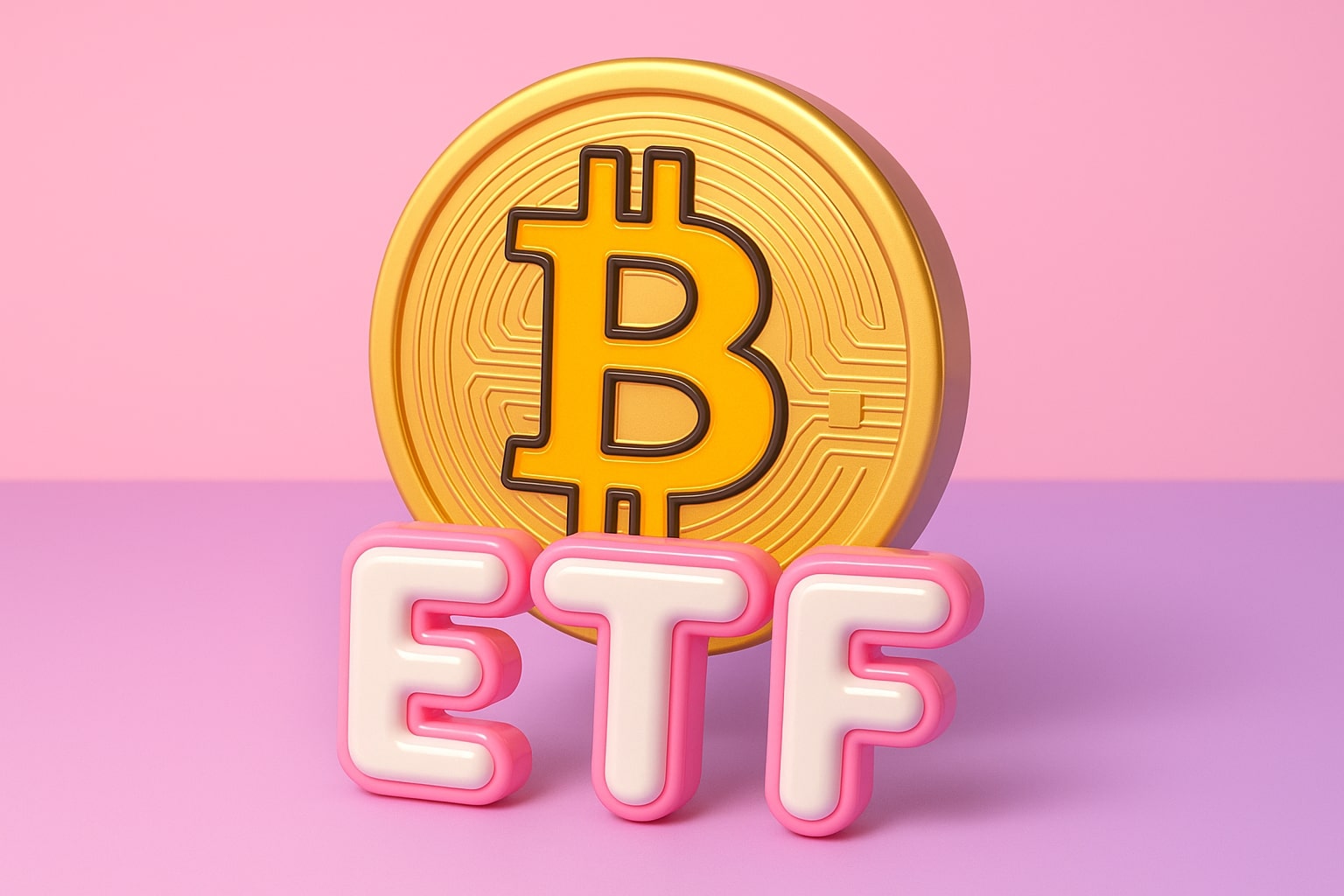SPDR S&P 500 ETF (NYSEARCA:SPY) Holds $671.16 as Wall Street Bets on 2025 Rate Cuts and AI-Led Expansion
Record Market Capitalization and ETF Flows Define a Late-Cycle Rally in SPY
SPDR S&P 500 ETF ( NYSEARCA:SPY ) closed at $671.16, edging -0.29 % on the session, but still trades within a whisper of its 52-week high of $673.94. Net assets have expanded to $672.7 billion, the largest of any global ETF. Year-to-date, SPY has returned +15.85 %, outperforming the category average of +13.1 %, while its 1-year gain (+18.86 %) places it firmly in the top decile of large-blend funds. The fund’s P/E ratio of 28.34 reflects the premium investors are paying for growth-heavy constituents, dominated by NVIDIA (7.96 %), Microsoft (6.73 %), and Apple (6.61 %).
Macro Backdrop Favors Risk Assets Despite Fiscal Uncertainty
U.S. GDP growth of 3.8 % SAAR in Q2 2025, upwardly revised by 50 bps, confirmed that consumption remains the key engine of expansion. August PCE rose 0.3 % m/m and 2.7 % y/y, signaling disinflation without demand collapse. Market consensus now anticipates Fed rate cuts in October, a scenario that historically lifts equity valuations: non-recessionary easing cycles since the 1970s have yielded average S&P 500 gains of +50 % within 24 months. Investors have priced in this pattern—ETF flows into SPY, VOO, and IVV totaled roughly $28 billion in Q3 alone.
Sector Leadership and Weight Concentration Shape the Index
Technology remains 35.6 % of SPY’s weight, its highest share in modern history. Financials (13.2 %), Consumer Cyclicals (10.7 %), and Communication Services (10.5 %) follow. Within the top 10 holdings—accounting for 38.8 % of total assets—NVIDIA, Microsoft, Apple, and Amazon (3.73 %) drive over half of SPY’s year-to-date gain. The AI-capex super-cycle has expanded margins for tech giants while supporting the entire index’s EPS growth forecast of +9 % for FY 2025. That growth trajectory explains why SPY trades at a valuation above its 20-year median P/E of 19.8.
Shutdown Impact and Investor Positioning
The October federal shutdown delayed BLS and BEA data releases but had minimal market impact. Historically, government shutdowns produce average S&P 500 returns of +12 % over ensuing months. Liquidity remains abundant, and the Atlanta Fed’s GDPNow model still projects 3.8 % Q3 growth. Retail participation is deepening: median stock holdings among investors aged 18–44 rose from $40 k in 2019 to $118 k in 2025. That wealth expansion has fueled the “buy-the-dip” reflex that stabilizes SPY during pullbacks such as the -3 % August consolidation.
Historical Momentum and Bull-Cycle Context
SPY has rallied for six straight quarters, its longest streak since 2017. The index has now gone 116 days without a 6 % pullback, a pattern seen only in 1957 and 1966—both early stages of multi-year bull markets. Seasonality models derived from the last 20 years indicate average gains of +4 % from October through December, placing SPY near $6980 on the S&P 500 equivalent basis by year-end. Momentum oscillators show RSI at 64, MACD positive and rising, confirming bullish trend persistence.
Valuation and Risk Metrics
At 3.3 × price-to-sales, the S&P 500’s aggregate multiple now exceeds levels seen during the dot-com bubble and the 2021 post-COVID rally. The risk-adjusted Sharpe ratio for SPY is 1.14, below its five-year average of 1.32, indicating returns remain high but volatility is creeping back. October remains statistically the most volatile month since 1945, with average intramonth swings of 7 %. Investors should expect brief drawdowns toward $650–655 support before any seasonal advance resumes. The ETF’s beta of 1.00 and expense ratio of 0.09 % make it the core instrument for market exposure, but valuation stretch is undeniable.
Small-Cap and Breadth Signals
Breadth improved in September as the Russell 2000 outperformed the S&P 600 by 6.4 %, its best relative gain since the dot-com era. This rotation into unprofitable small-caps usually precedes early-cycle risk expansion. The advance-decline line for SPY components is at its highest since 2021, suggesting institutional buying beyond megacaps. Still, the top seven tech names account for over 33 % of ETF market cap, so breadth alone cannot offset the valuation risk embedded in those leaders.
Earnings Momentum and Forward Guidance
Consensus EPS for the S&P 500 components is $263 for FY 2025, up from $241 in 2024. At current prices, SPY trades at a forward P/E of 25.5, compared with the five-year median of 20. Sector earnings growth expectations are led by Tech (+15 %), Communication (+12 %), and Industrials (+8 %), while Energy (-5 %) and Utilities (-3 %) lag due to margin compression and rate sensitivity. Operating margin for the S&P 500 as a whole stands at 12.1 %, still 200 bps above its 10-year average.
Liquidity and Institutional Flows
Institutional ownership of SPY now surpasses 78 % of shares outstanding, with daily volume averaging 70.4 million units. Market depth on the NYSE Arca order book is at a 12-month high, reducing execution slippage for block trades. Options open interest at the 670–700 strike band has reached record levels, showing a defensive tilt as institutional funds hedge profits into year-end. Nonetheless, ETF creation activity remains positive—State Street added net 12.4 million new shares in September alone.
Monetary Policy and Yield Curve Dynamics
The U.S. Treasury 10-year yield stands at 3.92 %, down from 4.37 % in August, steepening the curve for the first time in 18 months. This shift supports banks and industrial components within SPY, helping the Financial Services sector (+13 % YTD) outperform defensives. A sustained drop in real yields to below 1.5 % would justify a P/E expansion to around 30 ×, equating to an SPY price target of $705–720. Conversely, a policy delay or CPI re-acceleration above 3 % could compress valuations back to the mid-600 range.
Investor Sentiment and Behavioral Drivers
The University of Michigan’s Investor Confidence Index has risen to 84.7, its highest reading since 2021. Retail ETF ownership is now at an all-time high, with U.S. households holding nearly $6.2 trillion in index funds. That broad base of passive ownership reduces volatility but also creates liquidity clusters that can amplify swings during policy events. Options markets show a put-call ratio of 0.78, reflecting guarded optimism rather than euphoria.
Technical Structure and Price Levels to Watch
Immediate support sits at $666.50, followed by a major floor near $650, where institutional VWAP accumulation peaked in August. Resistance remains firm at $678–682, and a weekly close above that band would likely trigger quant fund buy signals targeting the $700 region. The ETF trades above its 10-, 20-, 50-, 100-, and 200-day moving averages—an unbroken bullish stack not seen since 2020’s post-pandemic recovery.
Forecast and Valuation Outlook for 2026
Assuming Fed easing of 75 bps by Q1 2026 and GDP growth slowing to 2.4 %, the earnings yield on SPY would hover around 3.9 %. That equates to a reasonable risk premium of 1 % over Treasuries—still below historical norms but justifiable by AI-led productivity gains and share buybacks projected at $880 billion in 2025. Dividend yield at 1.09 % may seem modest, but with continuous repurchase activity and tax-efficient structure, SPY remains the benchmark for capital preservation plus growth.
Verdict: Buy — Momentum Supported by Macro and Earnings Strength
Combining robust economic data, favorable policy outlook, and earnings breadth, SPDR S&P 500 ETF (NYSEARCA:SPY) retains a Buy rating. Upside targets extend toward $700–720 into Q1 2026 if rate cuts commence on schedule. Risks stem from valuation stretch and October volatility, but the risk-reward ratio remains constructive. For institutional allocators seeking liquid exposure to the U.S. equity cycle, SPY continues to be the benchmark instrument—its dominance unchallenged, its momentum intact, and its price structure technically sound above $670.
That's TradingNEWS



















